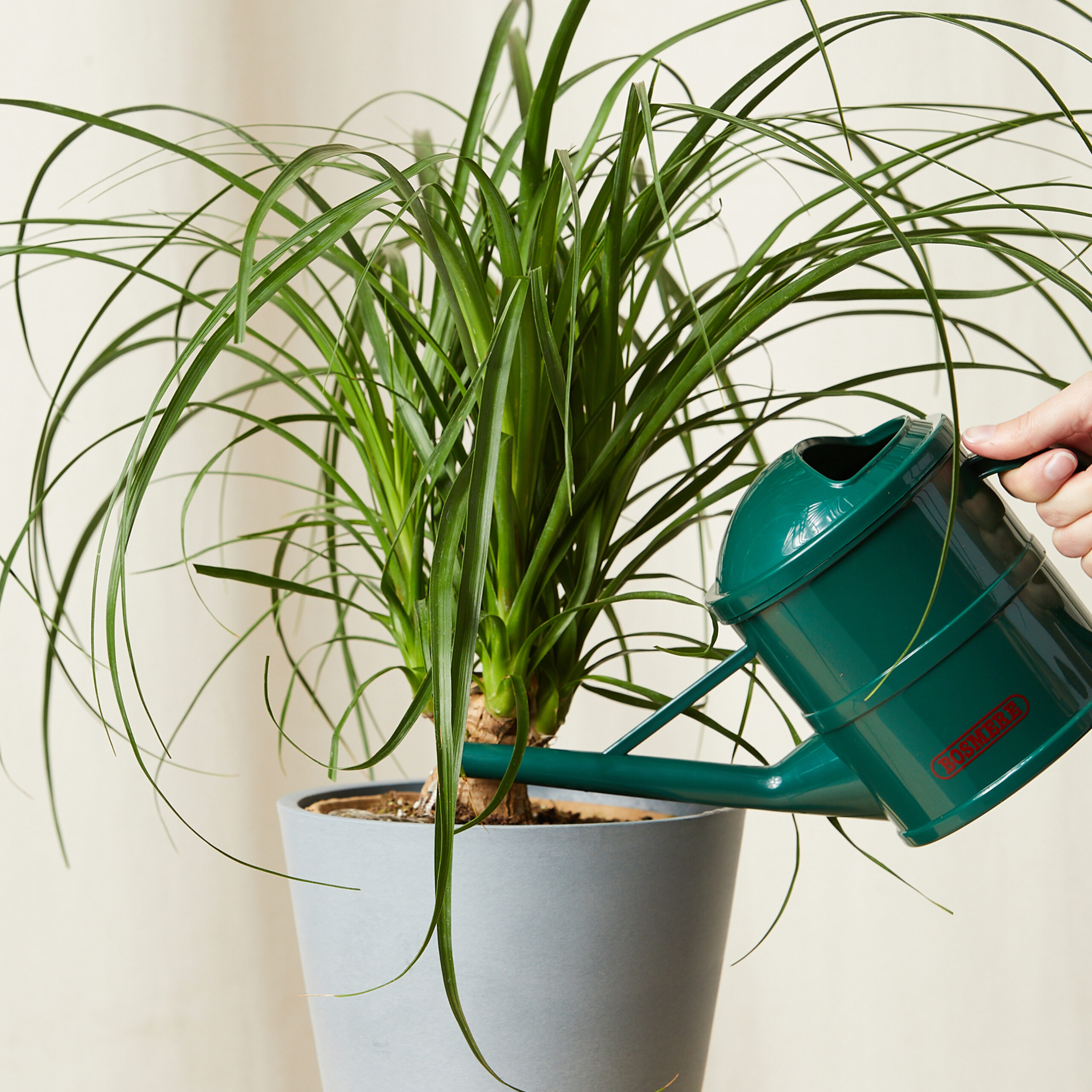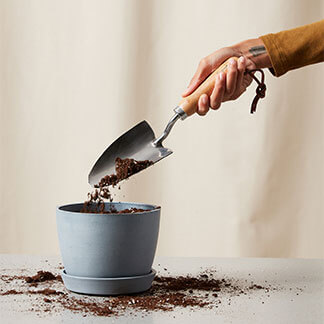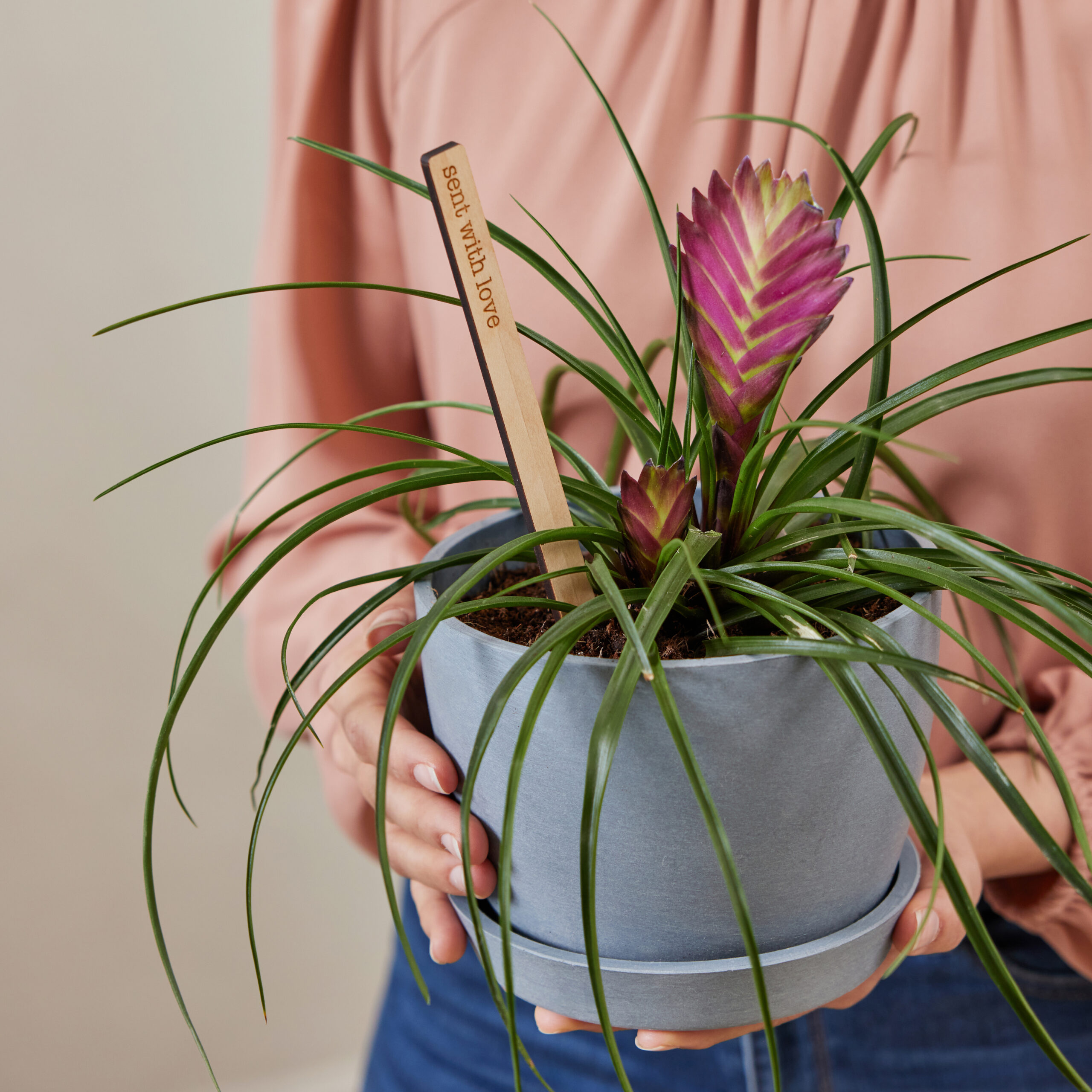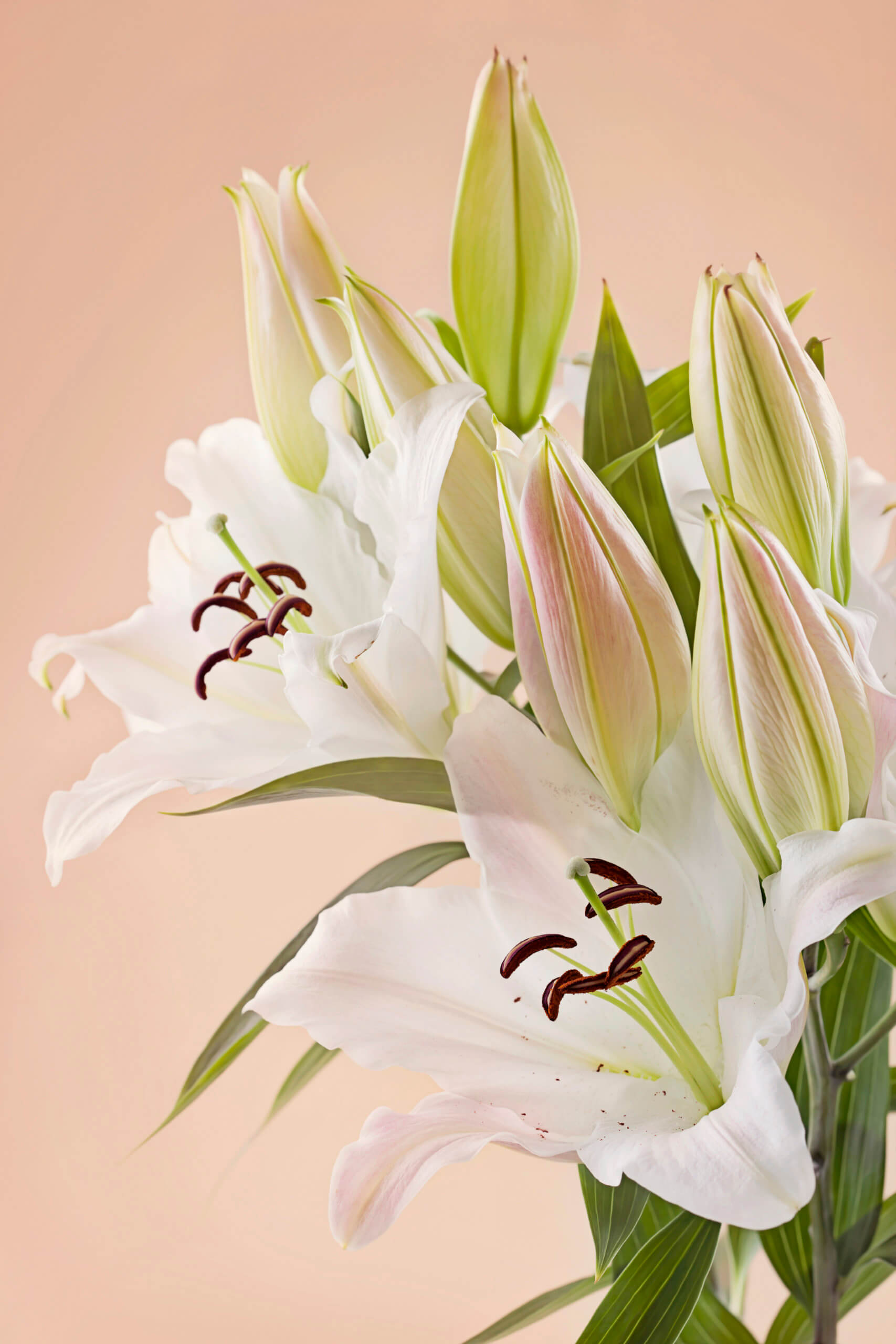Overcrowding
When too many Easter lily bulbs are in the same pot, they can become overcrowded. Typically, this happens when the pot is too shallow, the lilies are too close together, or the lilies have been in the same pot for more than a year. It is essential for growth and new blooms that the Easter lily is not competing for resources like nutrients and sunlight. Consider dividing the bulbs into separate pots if you find your Easter lily becomes too crowded.
Not Enough Sunlight
To promote the flowering of an Easter lily, you must ensure the plant receives at least 6 hours of direct sunlight per day. While Easter lilies can survive in low-medium sunlight, this might not be enough to encourage flowering. Pick the brightest spot you can find that is just out of the sun’s direct rays. Morning sun with afternoon shade is the best. An eastern window or a few feet back from a southern window are ideal.
Requires Cold Winter
The Easter lily is unique in that it needs a cold winter to promote healthy blooms in the spring. This natural process in plants is called vernalization, which requires exposure to cold temperatures for a period of time. Once this period is complete, warming temperatures act as a signal for the lily to begin growth that will result in flowers in the spring. It can be more challenging for those who live in warmer climates to promote the flowering of their lilies. If you live somewhere that does not experience cold winters, you could bring your Easter lily down into a cool basement during winter.
Underwatered
If an Easter Lily experiences a drought, it can affect the flowering process. The Easter lily plant prefers its soil to stay moist at all times. It is vital to ensure that it is moist but not soggy. Water when 50% of the soil volume is dry. Water thoroughly until you see it flow out of the drainage hole. Be sure to dump the excess water in the saucer when done.











